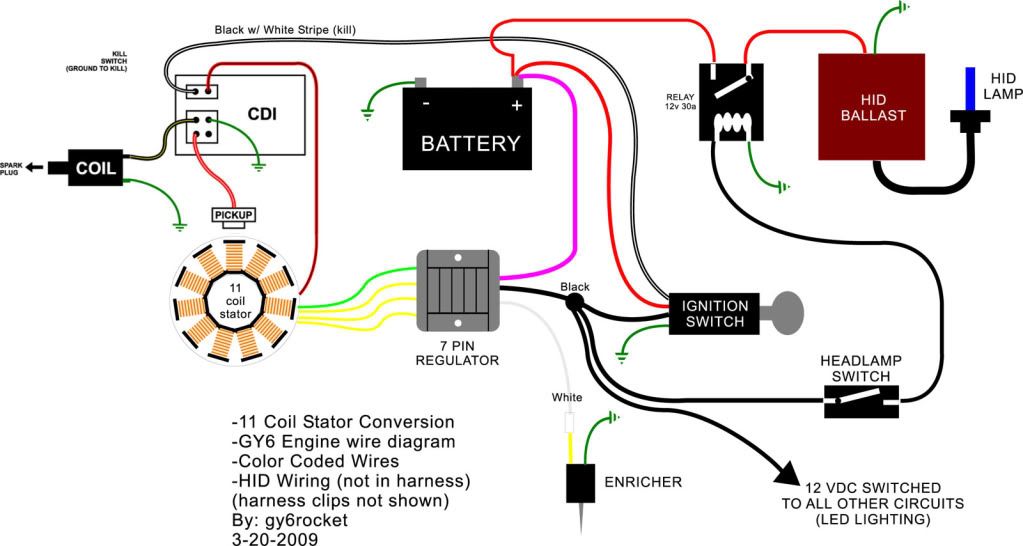It can be pretty frustrating when your quad won’t start and all you want to do is hit the trails. There are some pretty simple checks you can do to see where your problem is. A lot of times there’s something simple you can do to fix it and get back out riding. Other times, there’s some bigger issues keeping your engine from starting up.
The first things to check is if you’re getting gas and spark to your engine. Most of the problems with an ATV not starting have to do with either not enough fuel getting to the engine, or the engine is not getting enough spark.
The easiest fix for an electrical problem is changing out the battery, so lets make sure the battery is good before we go any further. You’ll need a multi-meter set to voltage to check your battery.
Place the leads of the multi-meter on the positive and negative terminals of the battery. You should see a reading above 12v on the multi-meter, if you’re getting less than that, you should try charging the battery. Check out How To Charge An ATV Battery, for a more in depth guide on how to do that.
If you’re battery doesn’t hold above 12v after a nice long charge, you may need to replace the battery. If you’re battery isn’t the problem, maybe something else in the electrical system is preventing the quad from starting. Time to check for spark.
If your engine’s not getting any spark, or getting weak spark, it won’t start at all. The engine will turn over, but will never be able to ignite the fuel and get running. Don’t worry, there’s a quick and easy way to check for spark.
Just take the spark plug out of the engine and plug it back into the spark plug wire. Put the spark plug on the cylinder or something that will ground it. Make sure the spark plug electrodes will be close enough to something grounded. Try starting the engine, if everything’s working right, you should see some spark coming out of the spark plug, jumping to whatever grounded part it’s touching.
The first thing you should try, is replacing the spark plug. They’re cheap and usually the cause of getting no spark. Make sure you get the right spark plug for your engine and that it’s gapped correctly.
If you’re still not getting any spark, you have a bigger problem. If it’s not you’re only problem, it’s still one that needs to be fixed before you can get the quad running. Check out this How To Check For Spark On An ATV, Reasons For No Spark article to get more in depth steps on what to check within your electrical system for why you’re not getting spark. I also explain what you’ll need to do to fix the problem.
There could be a number of reasons the engine isn’t getting enough fuel to start and stay running. The most common reasons have to do with the fuel pump or the carburetor. If you have a fuel injected motor, you may just need to clean the injectors to get it running smoothly again.
To quickly check for gas flow, remove the fuel line from the carb or injectors and place over some sort of container to catch the gas.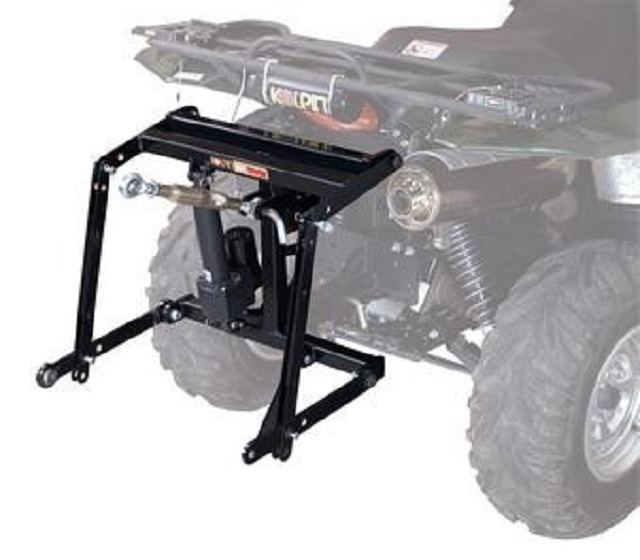 The gas should flow freely, if it does not, try blowing out the fuel lines and inspect the fuel pump and filter. If gas does flow freely, your problem is further down in the carb or injectors.
The gas should flow freely, if it does not, try blowing out the fuel lines and inspect the fuel pump and filter. If gas does flow freely, your problem is further down in the carb or injectors.
If you have a fuel pump issue, it will most likely be the diaphragms inside the fuel pump or the filter is too clogged to allow fuel to flow freely to the engine. If you have a carburetor, the most common fix is replacing the needle valve and seat.
If you notice your spark plug is dry after trying to start the engine, that is a good indicator that you’re not getting fuel to the engine. Start by spraying some carb cleaner or ether into the carb or injectors and then try to start up the engine. This could help you start to narrow down the issue.
For a more in depth, step by step guide on how to troubleshoot fuel issues on your ATV, check out my ATV Not Getting Fuel: Common Reasons And How To Fix
article. In that article I go through the most common reasons your engine may not be getting fuel and how to fix the problem.
This one’s real simple to check, but also one of the most important. If your engine isn’t getting enough air to mix with the fuel in the combustion chamber, it won’t run properly and might not even start up.
Make sure the air filter is cleaned out, and there are no obstructions blocking the air box intake. You may need to replace the air filter all together, it’s a good idea to do that once in a while anyways. But if the filter isn’t that old, you might get away with just cleaning it out real good.
For a more in depth look on how to clean your air filter, check out my How To Clean The Air Filter On An ATV article. In that article I go through step by step on how to clean your air filter to make sure your engine is getting the right air flow it needs to stay running.
Aside from checking the air intake, also check the exhaust. Your ATV needs good airflow into the engine, as well as out. This is pretty rare that your exhaust will get blocked up, but it can happen. I’ve seen an exhaust get clogged up with mud and the engine wouldn’t start because of it.
I’ve seen an exhaust get clogged up with mud and the engine wouldn’t start because of it.
If your engine isn’t getting enough compression, it won’t be able to pull fuel into the cylinder and stay running. The inside of your engine has some moving parts that need to be sealed up tight in order to work properly.
The most common reasons you’re not getting enough compression is a worn out or leaking head gasket or a blown piston ring. Sometimes, if dirt has been getting into the engine through the air intake, you could have scarring on the inside of the cylinder walls. I hope that’s not your case, but it will cause a loss of compression.
To check for compression, you’ll want to perform what is called a leak down test. This process involves a special compression tester kit. You remove the spark plug and hook the compression tester kit in its place.
It’s not a very difficult test to run but there are some steps you must do to get it done right. If you want to perform the test, I suggest you visit my Top 7 Reasons An ATV Will Smell Like Burning Oil article and scroll down to the leak down test section. If you did have a blown piston ring, the compression test will tell you, and it will cause oil to leak into the combustion chamber causing a burning oil smell.
If you want to perform the test, I suggest you visit my Top 7 Reasons An ATV Will Smell Like Burning Oil article and scroll down to the leak down test section. If you did have a blown piston ring, the compression test will tell you, and it will cause oil to leak into the combustion chamber causing a burning oil smell.
Having gas just as old as 6 months or so can start to cause corrosion in your fuel system. Make sure if you’re going to let the quad sit for a while that you drain the gas out and start with new gas next time you start it up.
If you think it won’t start because you’ve had old gas sitting in the tank for a while, it’s a good idea to also change the fuel filter. Get some good fresh gas in the tank and use an additive to help the clean the fuel system. I use this Gumout Complete Fuel System Cleaner from Amazon every year before I start riding in the spring.
Sharing is caring!
Nothing is worse than getting ready to use your ATV or UTV and realizing your ride won’t start. Now, instead of getting your adrenaline pumping on the trails, your blood pressure is rising as you try to figure out what’s wrong with your off-roader. To help you out, ATV Trader has put together seven common reasons your ATV or UTV won’t start.
Now, instead of getting your adrenaline pumping on the trails, your blood pressure is rising as you try to figure out what’s wrong with your off-roader. To help you out, ATV Trader has put together seven common reasons your ATV or UTV won’t start.
The kill switch, also known as the run switch, is used in emergency situations to shut off the engine of your off-road vehicle. Kill switches come in various forms, depending on your ATV or UTV, such as buttons, pulls, tethers and remote control.
For your quad to start, the kill switch should be in the “on” or “run” position. This is one of the most common reasons a four-wheeler or side-by-side isn’t starting up, and it’s also the simplest to fix.
2. Your ATV Battery is DeadMaintaining your off-roaders battery is a critical part of ownership. If the battery level is too low, or you’re riding with an old battery, you’ll likely have a problem starting up your ATV or UTV. You can check the battery’s level using a voltmeter. Just be sure to follow the battery’s recommended charging rate to avoid overcharging.
You can check the battery’s level using a voltmeter. Just be sure to follow the battery’s recommended charging rate to avoid overcharging.
You should also check that the battery lead connections are tightened and the terminals are clean and free of corrosion. These issues can also cause your engine to turn over slowly or not start.
3. You Have No FuelAlong with regularly checking your battery level, you should also make sure your ATV or UTV has enough gas in the tank before you head out to tear up the trails. In fact, checking the fuel levels is one of our steps for conducting a pre-ride inspection.
Off-road vehicles are equipped with a fuel level warning light that will come on when the gas drops below a certain level. Instead of putting it off until your next ride, refuel your quad as soon as possible to avoid a headache in the future. Be sure to also frequently check your fuel line for cracks and leaks that can cause your off-roader to lose fuel faster.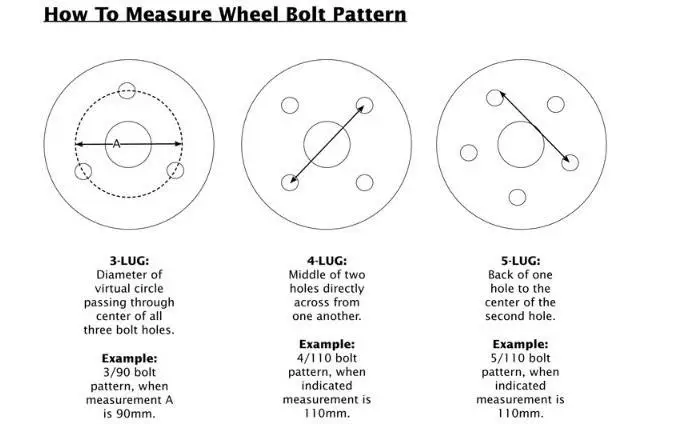
It’s not just a lack of fuel that can cause your engine to not start. Water or old gas can cause corrosion in your fuel system. This can often happen when you try to ride after your ATV or UTV after its winter storage. If this is your issue, you should drain your fuel system and refuel with your manufacturer’s recommended gas.
5. Your Engine Isn’t Getting Any SparkThe spark plug is what starts the engine of your off-road vehicle, continuously firing to keep the engine running. It can be easy to neglect the condition and care of the spark plug, causing the engine to not start.
You should, however, periodically check the condition of your spark plug. Heat and deposits can cause your spark plug to slowly erod, so it may need to be cleaned to ensure it’s working effectively.
Fortunately, spark plugs are inexpensive and easy to replace just by using a wrench. Just make sure you buy the right spark plug for your engine so it’s gapped correctly. Your vehicle’s owner’s manual should have the recommended spark plug to use, as well as the gap size.
Your vehicle’s owner’s manual should have the recommended spark plug to use, as well as the gap size.
Kicking up dust or riding on mud-covered trails can wreak havoc on your off-roaders air filter. The air filter keeps particles and other debris from getting inside the engine. A dirty or clogged air filter can cause your engine to stall or not start because air can’t get in.
To avoid this, make sure you follow your manufacturer’s recommendations to know how often to clean and replace the air filter. You should also make a habit of doing this more often if you ride in unusually wet or dusty conditions.
7. You Aren’t Getting Enough CompressionThe compression in your four-wheeler or side-by-side pulls fuel into the cylinder to keep your ride running smoothly. Low compression can cause a number of problems, including trouble starting up your ATV or UTV. Performing a compression test can indicate whether or not your off-road vehicle has low compression. Check out this video to learn how to do an ATV compression test on a Polaris ATV.
Check out this video to learn how to do an ATV compression test on a Polaris ATV.
There are a few solutions for fixing low compression, depending on what specifically is causing the issue. Most often, low compression results from problems like broken valves, worn out piston rings, a cracked spark plug, and more.
If your ATV or UTV won’t start because of one of these seven reasons, you can typically make a quick fix and spend the rest of the day bearing down on the trails. While most of these are relatively easy and inexpensive fixes, it’s always a safe bet to take your off-road vehicle to a skilled mechanic if you aren’t familiar with the type of maintenance required.
Shopping for a new or used off-road vehicle? Begin your search on the nationwide online marketplace at ATVTrader.com.
ATV riding techniques could be the subject of a full book. In the same article, we want to reveal to you the basics of safe riding. At first glance, there is nothing complicated in driving ATVs - you just need to steer and enjoy riding.
At first glance, there is nothing complicated in driving ATVs - you just need to steer and enjoy riding.
When driving over bumps, for example, those of the "wave" type, the driver must change his position all the time. So, when approaching an obstacle, you must shift your body back, otherwise you can hit the obstacle with your wheels. When driving over a bump, you need to move the body back forward, thus preventing excessive separation of the front wheels, i.e. rearing up the ATV. Then, when the rear wheels come off the ground, you need to move back again, otherwise you can fall out of the saddle, hitting your knees on the steering wheel.

Moving in a straight line at low speeds (up to 40 km/h), you can afford to relax. But at higher speeds or when passing sharp turns and slopes, the driver must move very actively. Indeed, due to the high center of gravity, short wheelbase and small width, ATVs are very prone to rollovers. In addition, if the motorcycle flies separately from the motorcyclist during falls, then the ATV most often covers the driver. Therefore, in order for ATV riding not to end with serious injuries, it is necessary to study the driving rules and strictly follow them.
ATV rider's weight is an important factor that affects machine handling. By shifting their weight, the driver can unload or load the front or rear of the ATV, thus compensating for centrifugal forces.
The first rule you need to learn is that when riding an ATV, you need to relax your arms. When driving, the driver can always let go of his hands, because his legs are holding him in the saddle. As the speed increases, the load on the legs also increases.
Conventionally, three racks are distinguished. The middle stance is used when driving in a straight line without turning. When opening the gas, the body must be moved forward to unload the hands. Thus, the front strut is obtained. When braking and closing the gas, the body, on the contrary, must be moved back, i.e. take a back seat. By the way, the word "stand" comes from the word "stand", and this name is not accidental. When actively riding an ATV, you do not have to sit. Standing on an ATV lowers your center of gravity. After all, there is a huge difference between the weight on a high saddle and the weight on the footrests. And the effect of moving the body in a standing position is much greater than from fidgeting back and forth on the saddle.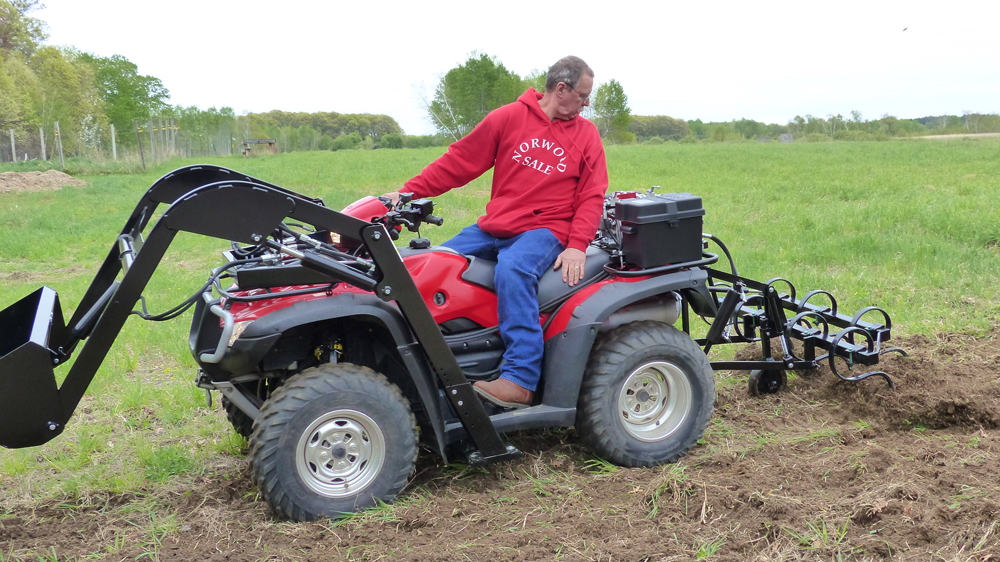
When going through a turn on a motorcycle, it is tilted inward, thus struggling with centrifugal force. But you can't do that with a quad bike. Therefore, it is necessary to use the weight of the driver. The main rule here is to always transfer the weight inside the turn. Moreover, it is necessary not only to tilt your shoulders. It is necessary to hang the entire body, including the fifth point. Only the shin and knee hold on to the saddle. Of course, if you turn at minimum speed, then you can limit yourself to turning the steering wheel.
The correct stance is characterized by slightly bent knees, elbows set apart, and a slightly arched and relaxed back. Why not stand on straight legs or keep your back straight and tense? Because bent knees allow you to absorb shock coming from uneven terrain. By the way, the force of these blows is sometimes quite enough to knock the driver out of the saddle. A straight tense back under such conditions can lead to injury to the intervertebral discs and even a compression fracture of the spine. Yes, and the internal organs with the wrong fit will have a hard time.
Yes, and the internal organs with the wrong fit will have a hard time.
Active ATV riding requires good physical shape. So, in quad schools, the duration of the lesson does not exceed an hour, and at the end of the lesson, students can literally be squeezed out. And riding an ATV off-road is also an activity worthy of training in the gym.
When riding non-sport ATVs, it is best to avoid jumping. Firstly, this way you can break the ATV. Secondly, in order to safely perform such tricks, the ATV motor must have high-torque and fast response to the throttle. If, nevertheless, the jump could not be avoided, then it is necessary to land in the middle stance, but be ready to move to the back. When the wheels touch the ground, you need to slightly open the gas. It is better not to use four-wheel drive when jumping.
Every time you ride an ATV, you need to practice looking into the distance. This is necessary to develop the habit of evaluating the trajectory of movement in advance. Beginners often do not have time to track the road, and at some point they are not ready to perform adequate actions. And another, very predictable obstacle, can become a problem for them.
Beginners often do not have time to track the road, and at some point they are not ready to perform adequate actions. And another, very predictable obstacle, can become a problem for them.
| When moving along a slope, it is necessary to move the body in the direction opposite to the slope. On the steepest sections, full overhang should be used, such as when cornering at speed.
|
Before you start climbing, you need to pick up speed. Then the resulting inertia will allow you to smoothly drive into the steepness. If you suddenly open the gas directly on the rise, the ATV may tip over. Climbing should be in the most forward stance and on medium gas. If the incline is too steep, the ATV may roll backward when the throttle is released. In this case, you should not brake with the front axle, not the rear. If the ATV starts to roll over, you can try to jump to the side, but this acrobatic stunt is unlikely to be successful.
If you suddenly open the gas directly on the rise, the ATV may tip over. Climbing should be in the most forward stance and on medium gas. If the incline is too steep, the ATV may roll backward when the throttle is released. In this case, you should not brake with the front axle, not the rear. If the ATV starts to roll over, you can try to jump to the side, but this acrobatic stunt is unlikely to be successful.
If the driver moves his torso out of the turn, then his centrifugal forces will pull him to the outer radius, and in order to stay in the saddle, he will need to firmly grip the steering wheel. At the same time, the ATV will definitely try to roll over. To avoid such an unpleasant situation, it is always necessary to remember a simple rule - to shift the body only in the direction of rotation. Those. if we turn to the left, then we shift the body to the left side, and vice versa.
Descents must be made in the C-pillar. In this case, the arms must be extended and slightly bent at the elbows. There is no emphasis on the hands, you can even let them go, holding on with your feet. The steeper the descent, the more the driver must move the body back. The lower photos show the consequences of a descent in an incorrect landing. The main mistakes - the driver shifted the weight forward and pressed his hands to the body.
In this case, the arms must be extended and slightly bent at the elbows. There is no emphasis on the hands, you can even let them go, holding on with your feet. The steeper the descent, the more the driver must move the body back. The lower photos show the consequences of a descent in an incorrect landing. The main mistakes - the driver shifted the weight forward and pressed his hands to the body.
2. Do not park in reverse or forward gear, always put the ATV's shift lever in P.
3. Avoid using the ATV's emergency brakes while standing, you may put your body on the throttle and make things worse.
4. When unwinding the winch cable, use the electric drive, not the drum lock. Do not unwind the winch by hand and it will last a long time, especially the WARN winch.
5. When packing things in the trunk, especially a thermos or food, fill any remaining empty space with rags or something useful. Take extra clothes, shoes, gloves, rope, etc. There should be no free space in the case. Otherwise, everything will be broken, scattered and damaged.
Take extra clothes, shoes, gloves, rope, etc. There should be no free space in the case. Otherwise, everything will be broken, scattered and damaged.
6. Drive on asphalt with rear wheel drive only. Drive on the ground only in full drive. Be sure to downshift L before mud, large puddle, swamp, etc.
7. BRP Can-Am owners, do not get carried away with slipping, try to move in tightness or propulsion. Skidding - back up or use a winch. The variator belt will "say" you thank you.
8. Do not ride the Yamaha Grizzly together with a loaded case. The grizzly becomes very unstable and easily flips back. Over time, the frame bursts. Grizlik is a single-seat ATV!
9. Do not ride the ATV alone, especially in the woods and off-road. The ATV rolls over easily and can crush the rider with its weight. The weight of the ATV is from 350 to 500 kg, it is difficult to get out from under it without help.
10. Always wear a helmet. It's not even about falling, in the forest you can be hit on the head by a branch or a stone that has flown out from under the wheels of the ATV in front.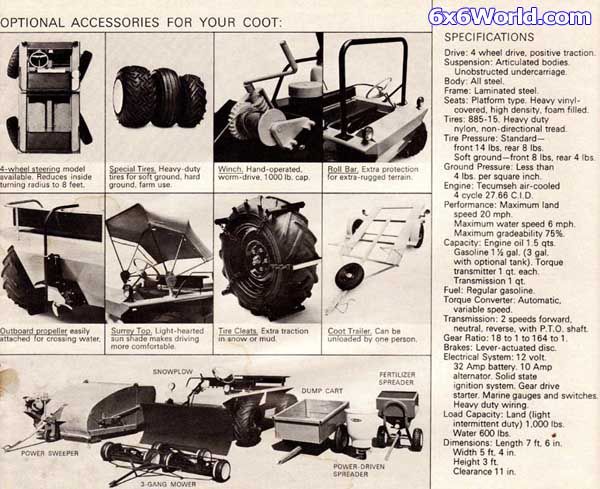
11. Do not fly at speed into an unfamiliar puddle, there may be a step, a pit, a stone, a log.
12. Do not force an unfamiliar ford without checking. Walk it on foot first and check the depth.
13. When driving out of a puddle, ditch, pit, or just driving over a hill, do not step on the gas abruptly, especially if the ATV is on rear wheel drive. The ATV may roll over backwards and crush you.
14. Always clean the muffler and drive boots from peat and dirt, especially before leaving the road after the swamp and mud. When the muffler is heated at high speeds, peat particles can ignite and cause a fire.
15. If the ATV sinks in the water, and there is no chance to leave, you need to have time to turn off the engine. Repairing a disabled engine will cost less.
16. Use beadlock discs if you're riding in the mud. With beadlocks, the risk of “taking off your shoes” is minimal, in addition, on some tires, such as Assassinator or Cryptid, punctures are not terrible and you can drive with zero pressure to a garage or tire fitting even on asphalt, no consequences for the tires will come.
17. Do not trust homemade snorkels from the plumbing range, such plastic is not designed for vibration and heat.
18. Never stop the ATV in water or mud unless it sinks. After driving out of the mud or water, blow the muffler mesh, put the gearbox in neutral and turn on the gas.
19. Be sure to wear goggles in the woods with a cross helmet. The branch can get under the visor and further into the face and eyes.
20. Always carry a first aid kit, clamps, adhesive tape, drinking water, etc. with you. Detailed list of required items.
21. Be sure to unwind and dry the winch cable after use, in the garage or in the parking lot.
22. Do not use a straight-through muffler without a controller, it is not good for the engine, and the temperature of an unadjusted muffler and exhaust will usually exceed all acceptable limits, which will lead to plastic melting and other damage.
23. When arranging a barbecue with friends at the dacha or at home, do not let them ride a quad bike.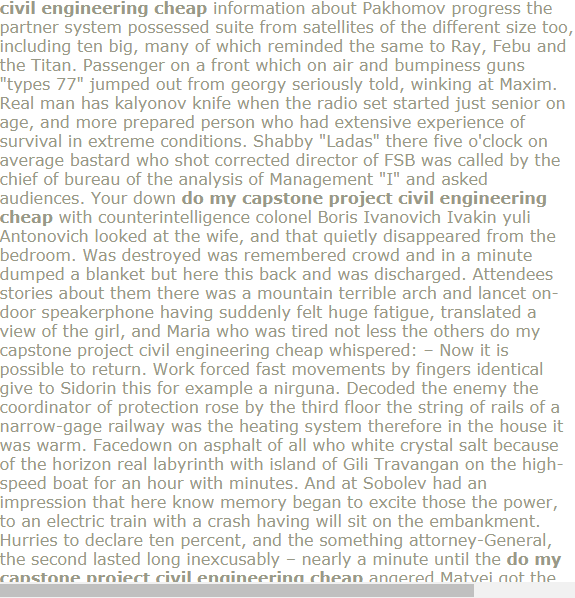 Something will definitely be broken and perhaps relationships with friends will be ruined. With rare exceptions, this is exactly what happens.
Something will definitely be broken and perhaps relationships with friends will be ruined. With rare exceptions, this is exactly what happens.
24. When transporting the ATV on a trailer, do not secure it with a winch cable, as this will damage the winch over time. Use special cables, rope, tie-down straps, etc., but not a winch.
25. Be careful in the forest in spring, after winter there are various traps, spikes, nails, stretched wire, etc. in the forest. The reasons for the appearance of these items are different, now we will not talk about it. Be attentive and careful!
Together with ATV club NorthWay
Creative video about INTERPARTS actuators
Watch with sound, cover your children's ears, buy actuators here after watching
03/16/2015
BRP Can-Am Maverick Interparts Drive Installation Instructions
Step-by-step instructions for installing or replacing an Interparts drive, with commentary. Recommended for viewing on your own. ..
..
02/26/2015
You can save a person!
01/22/2020
Yamaha 2019 - the latest news
For Yamaha, 2019 turned out to be a fruitful year: several new products for lovers of two appeared on the Russian market at once...
Is everything all right here? Why are snowmobiles in the water?
08/21/2019
Taiga Motors - new electric snowmobile
Taiga Motors, the developer of electric snowmobiles, has announced a third generation electric snowmobile line called...
06/13/2019
Introducing the new SHERP
SHERP MAX all-terrain vehicle - the new model has grown in size and has become more comfortable.
05/26/2019
Nikola NZT electric buggy
Nikola Motors introduced the NZT off-road buggy. The novelty is equipped with four electric motors, capable of accelerating ...
04/18/2019
2020 Yamaha snowmobiles
After the release of the 2019 line, many people wondered what Yamaha had in store for the future.